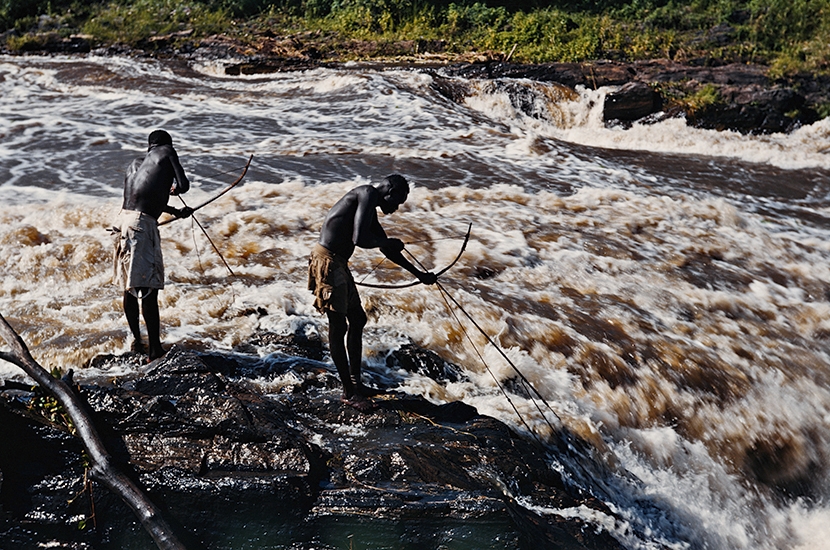It’s one of the most tantalising travel images in the world — a felucca floating along the Nile at sunset, its lateen sail spread aslant to catch the wind. It takes us back to the beginnings of ancient Egypt, when the need to manage Nilotic flooding and the imperative to trade along the river’s course were the motors of civilisation. Even 2,500 years ago Herodotus was fascinated by the ease with which the Egyptians had learned to cultivate the soil with its waters rather than with laborious ploughs — which, some speculate, had given them the leisure to build pyramids in the down months.
Of course many authors have been attracted to the river since — notably Alan Moorehead, with his fine books on the Blue and White Nile in the 1960s, and more recently Anthony Sattin, with his wonderful account, Winter on the Nile, of a journey Florence Nightingale and Gustave Flaubert may have taken in the same boat. And that’s not including Agatha Christie and Hercule Poirot.
So what does Terje Tvedt add to what we already know? He starts at the delta and works his way south: ‘A travelogue through 5,000 years and 11 countries, from the Mediterranean to Central Africa.’ The narrative is of the ‘I found myself with a new view before me’ variety, but the historical sections are excellent, with some satisfyingly arcane facts.
The most interesting parts are when he leaves the familiar stretches in Egypt and enters the upper waters in Sudan. Who knew, for instance, that Churchill, faced with anti-British and pro-Egyptian sentiment in Sudan in the 1950s, suggested bombing Khartoum, saying ‘Munich is situated on the Nile’? He had travelled the length of the river in 1907, and had written his own book about it, so considered himself something of an expert when prime minister; fortunately his wish was refused. Or that President Nimeiri announced Sudan’s conversion to a strict Islamic state in 1983 by seizing all the alcohol and dumping it in the river?
Osama bin Laden became one of Sudan’s largest landowners in the 1990s, when the government, unable to pay for the many roads he built in the country, gave him vast stretches of land instead. Many employees of his contracting business later joined al Qaeda. Bin Laden proved himself an enterprising farmer as well, declaring publicly that he wanted to help turn Sudan into the granary of the Middle East, using the waters of the Nile. He might have stayed, and concentrated more on agriculture and less on bombing the rest of the world, if the Americans hadn’t insisted he be expelled in 1996, when he went to Afghanistan and started to have time on his hands.
Another interesting fact to emerge is that only once during its long history was the entire Nile governed by a single power — the British Empire. Tvedt charts objectively the Victorian annexation of the river’s sources in the late 19th century, recognising the achievements of the likes of Samuel Baker and Henry Stanley while being conscious of their inherent racism. There is a nicely sly dig at their presumption:
Europeans’ fascination with the quest for finding the sources of the Nile puzzled the locals, and they called the white men travelling through their regions mzungu — ‘someone who roams around aimlessly’.
Tvedt is a professor of geography at the University of Oslo, and the shadow of academia hangs over the book. Whether in the original or in the translation, there are phrases that do not float lightly with the wind behind them. For example: ‘An outsider like myself must therefore break with the widespread notion that all social consent can be explained with reference to social relations alone.’ Right.
This is not so much a travel book as a geographical survey — and one that is ‘comprehensive’, a word reviewers dread because it usually means ‘far too long’, as indeed it is. But for those with time to spare — perhaps when taking a long sail up the great river — the book has much to offer if treated as a compendium to dip into judiciously. I would suggest a few pages each day, read on deck at sunset with a nice chilled glass of something to hand.






Comments